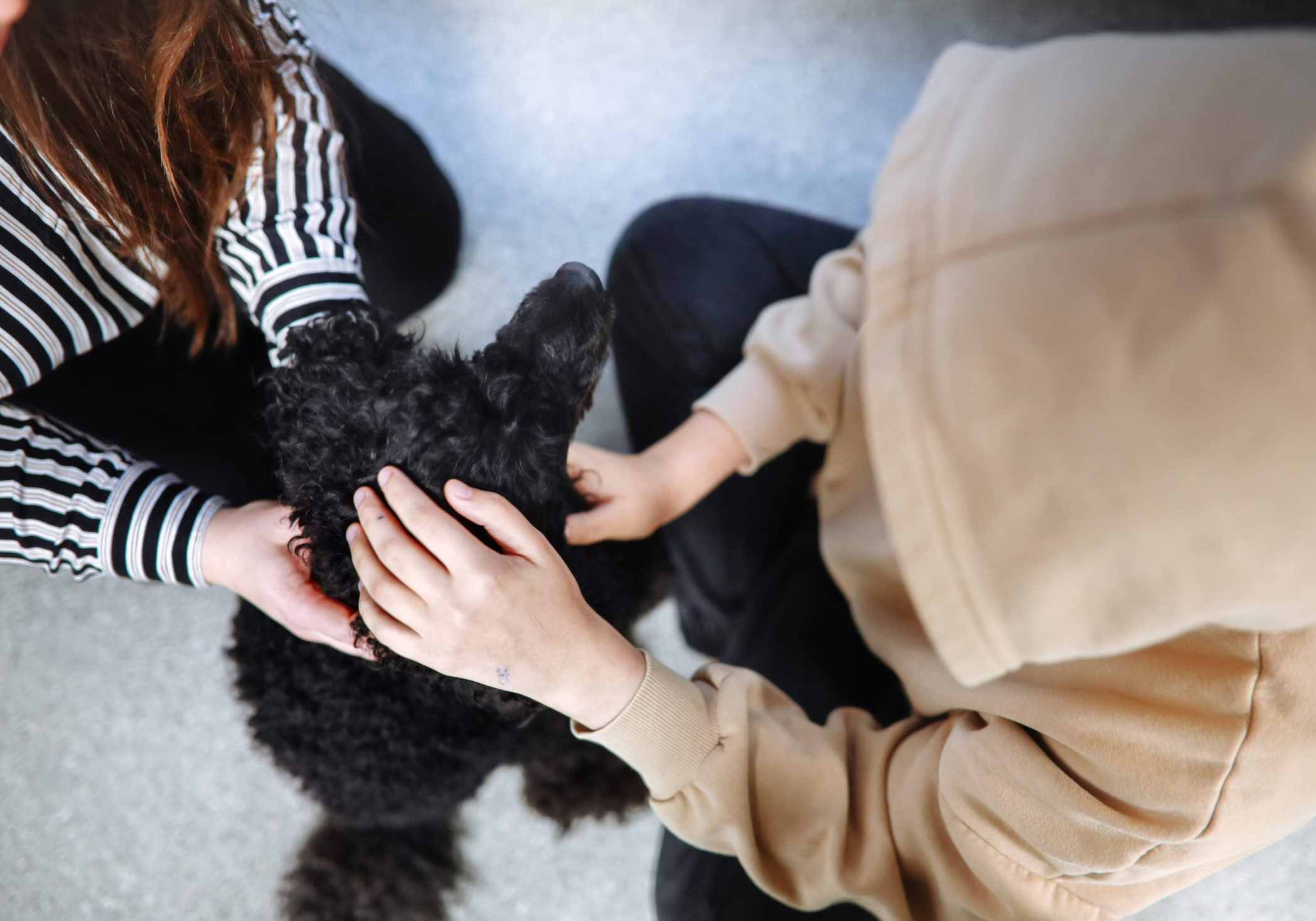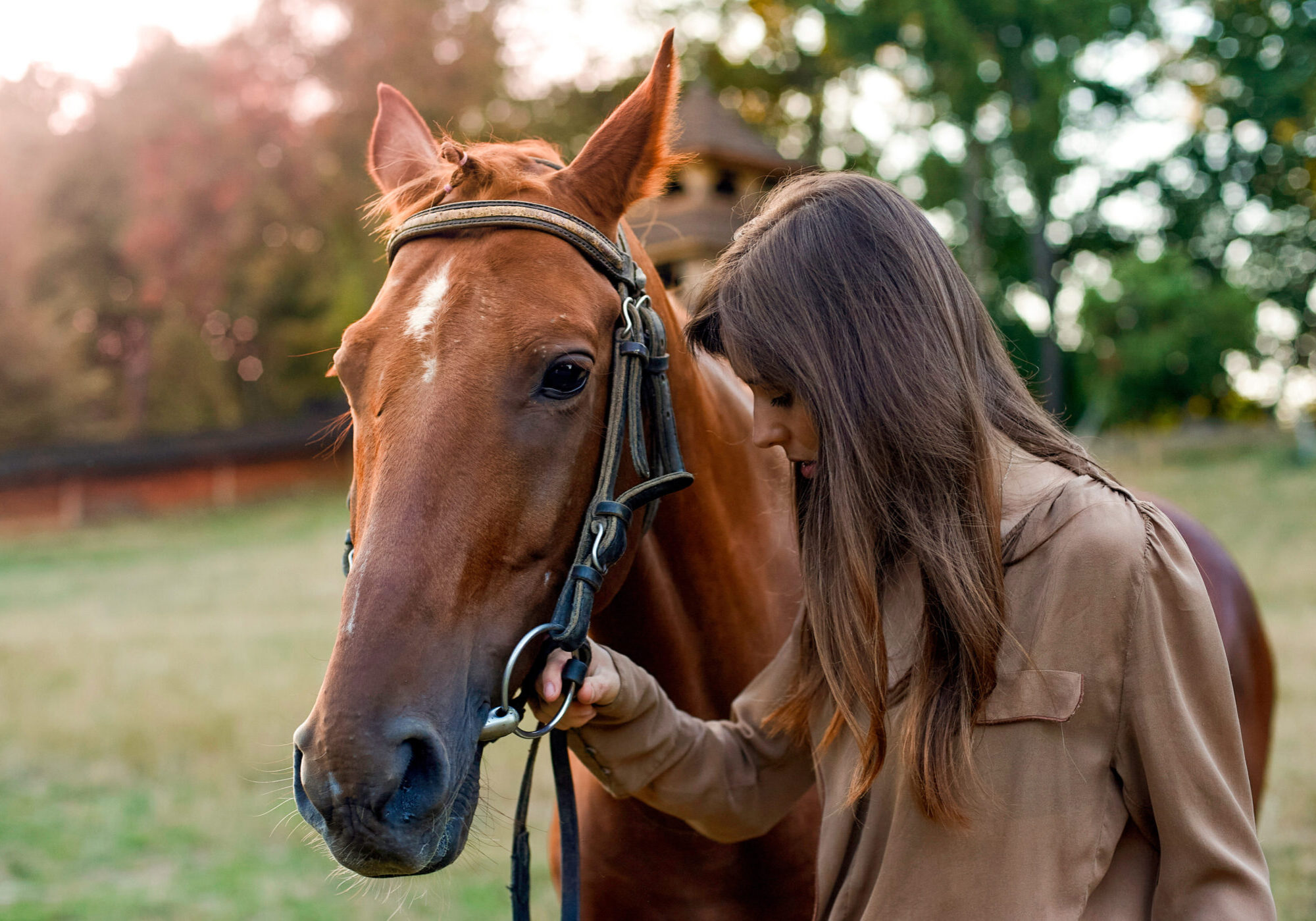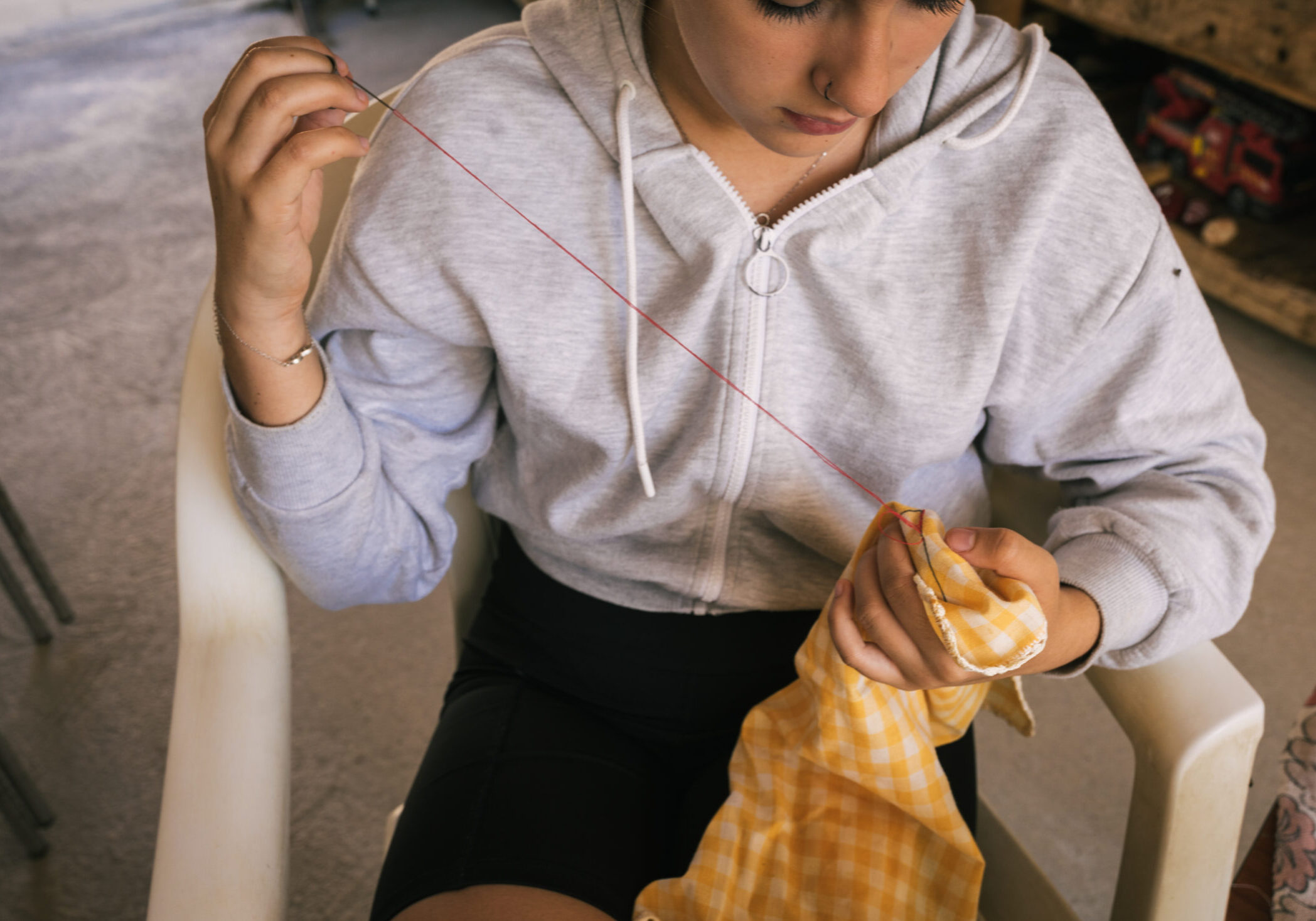Restoration built around trauma-informed therapy
Trauma-informed therapy is an approach to mental health treatment that recognizes the impact of trauma on a person’s emotional, psychological, and physical well-being. This ideology is how we've developed our Restoration Process. At Blanket Fort Hope, our team of specially trained counselors and licensed foster families work to help child trafficking survivors develop coping strategies that promote resilience, healing and hope.
Basic Principles of Trauma-Informed Therapy
An Environment Built for Recovery
Blanket Fort Hope pays close attention to the environments child trafficking survivors are put into. Colors in surroundings are muted and not triggering. Child survivor's daily routines will be organized to help them feel safe, rest and recover. Our team will help them learn how to live without the threatening demands of their traffickers and allow them to learn how to succeed in life on their own. They will be guided through our Restoration Process with patience, care and different therapies to help their mental, emotional and physical selves find hope and healing.

Garden Therapy
Gardening provides a peaceful space for survivors to focus on something positive, helping them rebuild self-esteem and confidence. In group settings, garden therapy can foster a sense of community, helping survivors connect with others and rebuild trust, which is often damaged by their experiences.

Animal-Assisted Therapy
Interacting with animals, like dogs and cats, reduces anxiety and stress, offering a sense of calm. Caring for animals boosts survivors’ self-esteem and gives them a sense of accomplishment. The bond with an animal can help child trafficking survivors manage emotions, open up in therapy, and feel more secure as they work toward healing from their trauma.

Equine Therapy
Caring for horses boosts self-esteem and confidence, allowing child trafficking survivors to feel empowered by leading and caring for such large animals. Since horses communicate non-verbally, it allows survivors to express emotions without needing to talk about their trauma. The physical activity involved also helps them reconnect with their bodies and improve overall well-being.

Sewing Therapy
Sewing therapy helps human trafficking survivors heal by giving them a creative and calming outlet. It promotes focus and mindfulness, helping reduce stress and anxiety. Sewing allows survivors to regain a sense of control and build confidence as they complete projects. It also offers a way to express emotions without needing to talk about their trauma.